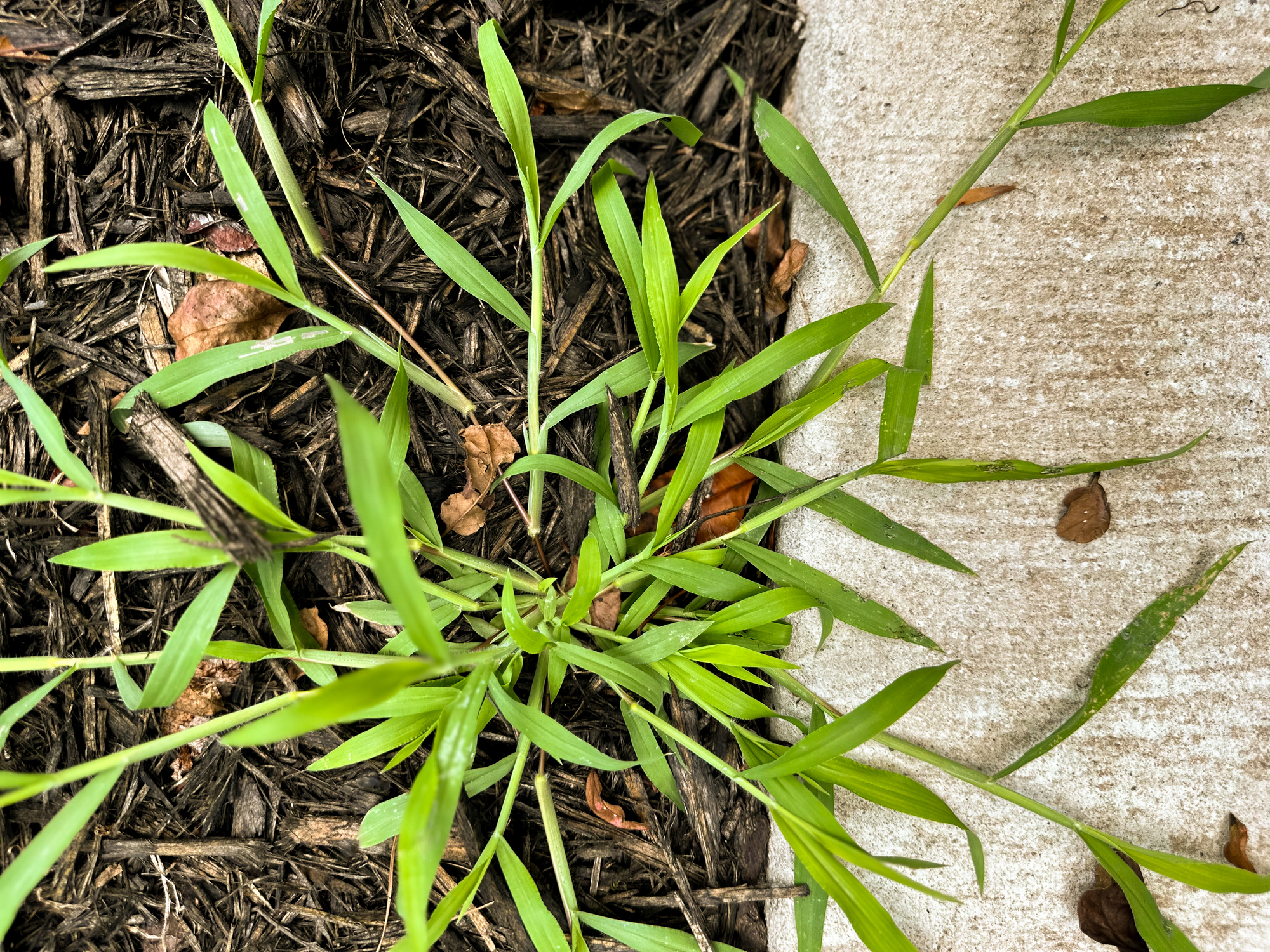Whether your goal is heirloom tomatoes that are the envy of all your neighbors, or a beautiful yard that is the same there is one reoccurring problem that you must be ever on the lookout for: weeds. These perfidious plants have a way of intruding into even the best kept yards and gardens. While chemical treatments are an option not everyone feels comfortable dousing the food they plan to eat with herbicides. Watching kids and pets play in the yard the day after a liberal application of chemicals is something that understandably makes many uncomfortable. Homemade weed killer can offer a more wholesome alternative for your dinner plate, and your family members’ health alike.
In this excerpt from the book Household Magic by Joan and Lydia Wilen the authors discuss homemade weed killer and other natural ways to get rid of weeds.
WEEDS
Have you ever heard the expression “One year’s weed …seven years’ seed?” Well, it seems to be true. There’s your garden without weeds. No weeds. No weeds. You cultivate the soil, make conditions right for the seeds to germinate—and then suddenly you have weeds! That’s because weed seeds may remain viable for at least seven years.
You could do one of two things—either you learn to love ’em. Some weeds (such as morning glories) have beautiful flowers…and some are edible, such as dandelions, purslane and chickweed. Plus, most weeds offer shelter to beneficial insects. Or, if you can’t love ’em, you can get rid of ’em. Here’s how…
Eliminating Garden Weeds
The following solutions are all safe, environmentally friendly weed killers…
◆ In a spray bottle, combine one quart of water and either one ounce of distilled white vinegar or one ounce of gin, plus one capful of baby shampoo. Spray the weeds until they’re soaking wet. After a day or so, the weeds will turn brown, shrivel up and then die.
◆ Give weeds a killer shower with five tablespoons of liquid dishwashing detergent mixed in one quart of water.
◆ Prepare a mixture of one tablespoon of rubbing alcohol for each cup of water, and put the solution in a spray bottle. Take aim and drench the unwanted plants.
◆ This pet-safe formula consists of two quarts of distilled white vinegar, one teaspoon of liquid soap and 1 ⁄2 cup of orange oil (available at some health-food stores or garden-supply stores). Put the mixture in a spray bottle and drench the weeds with it.
CAUTION: When using weed killers, be certain to spray only the weeds, not any of the plants you want to keep
Spray in the Box
Use this tried-and-true gardener’s trick to kill only the weeds you want to get rid of and not your prized petunias.
Take an appropriate-sized box, carton or foam cooler (something with a top that opens), and cut off the bottom. Place the box over the weed, open the top, spray, then close the top for a few seconds. Doing this will keep the weed-killing spray from reaching surrounding plant
If you have more weeds than desirable plants, cover the desirables with boxes to protect them, and just spray the exposed weeds.
Pulling Garden Weeds
If you want to do away with the weeds in your garden, get out there right after it rains. That’s when you’ll have the easiest time yanking the weeds out of the ground. Of course, if you don’t want to wait until it rains, you can wet the soil yourself with a garden hose.
Low-Tech Weed Eaters
If you’re a weed hater and an animal lover, consider getting a goat to do your weeding for you. Better yet, there are weeder geese that eat grass and young weeds, but stay away from certain cultivated plants. All you need are two to four geese per acre of row plantings. (Check your town’s by-laws before buying geese.)
In addition to the geese being weeders, they are also manure spreaders and cultivators, continually adding fertilizer and organic matter to the soil. And their work ethic is unequaled. Geese work from daylight to dark, seven days a week, feasting on grass and weeds as soon as new growth appears. Now you’ll understand the bumper sticker that says—“Honk if you believe in geeses.”
If you want more information about these weeders, contact the world’s largest rare[1]breed hatchery, Murray McMurray Hatchery in Webster City, Iowa. Visit their website at McMurrayHatchery.com or call 800-456-3280 or (in Iowa) 515-832-3280.
Working on the Rim
If you’re weeding, trimming or planting along the rim of a paved surface (such as your driveway), take the strain off your legs and back by sitting on a skateboard. This will make it easier to gradually roll along.
Eliminating Patio or Sidewalk Weeds
Personally, we think it’s charming to see a feisty plant pop up through sidewalk cracks or in between patio stones. Then again, we don’t have a patio, and any greenery seen on the sidewalks of New York City is generally appreciated. But if you’re not charmed by pavement weeds and want to get rid of them, these solutions may help…
◆ Pour distilled white vinegar on the weeds— enough to get them good and wet—but don’t hose it off. Let it stay there, and in a couple of days the weeds will be dead. Vinegar will also get rid of patio moss.
◆ For immediate results, boil 1 ⁄2 cup of table salt in one quart of water, and then pour the hot-hot-hot liquid onto the weeds. This will also work on patio moss.
Make Weeds Stay Away
To prevent weeds from growing in the first place, sprinkle table salt or baking soda into the patio/sidewalk cracks.
To find out more natural gardening techniques and other lawncare tips check out your own copy of Household Magic from Bottomlineinc.com.


